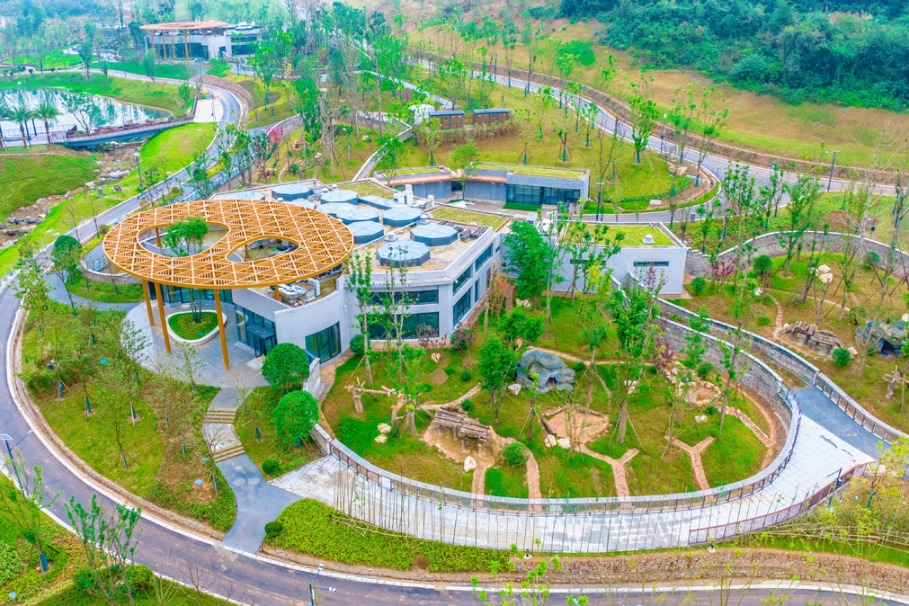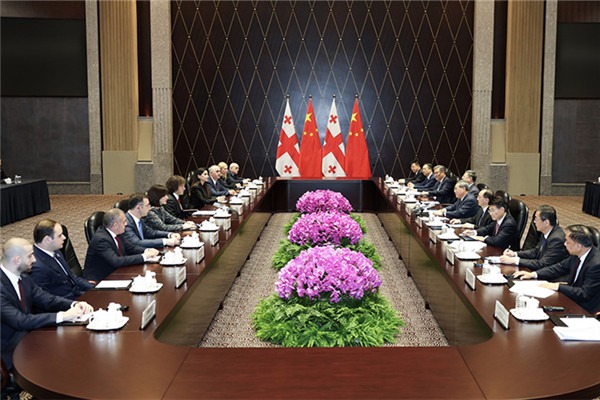History’s Gem


Revisiting the heart of Tibet’s democratic reform
A two-hour drive southeast of Lhasa, capital of the Tibet autonomous region, brings one to Khesum village, situated below the mountains that rise above the Yarlung River valley.
Small as the village is — a population of just 700 — Khesum was the starting point of sweeping democratic reforms in 1959, which ended feudal serfdom under a theocratic system and began a new chapter for the plateau region of Southwest China.
On June 6, 1959, 302 serfs in the village, wearing ragged clothes, elected a preparatory committee for the first association of peasants in Tibet. That day marked the beginning of community-level democracy in Tibet.
Serfs’ Emancipation Day was celebrated in Tibet on March 28. During the reform in 1959, more than 1 million people, or 90 percent of the region’s population at that time, were emancipated from the feudal serf system.

- Top court strengthens legal protection for private firms
- Tianzi Mountain colored by autumn magic in Zhangjiajie
- International students participate in ginkgo fashion show at Liaodong University
- China expands PhD talent program to boost sci-tech innovation
- Fostering future cooperation: China-US educational exchange
- Commemoration of Taiwan's restoration fully reflects people's will: mainland spokesperson




































